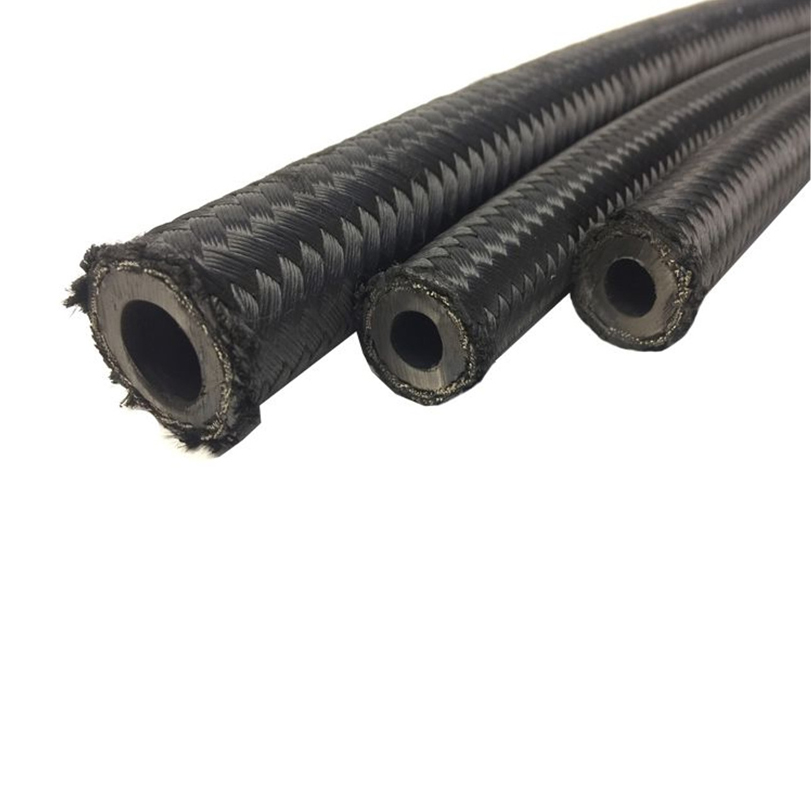335345435
Aug . 01, 2024 06:35 Back to list
Choosing the Right Hydraulic Fitting Hose for Optimal Performance and Reliability in Applications
Understanding Fitting Hose Hydraulic Systems
Fitting hose hydraulic systems are integral components in various industries ranging from manufacturing and construction to automotive and aerospace. These systems utilize high-pressure hoses and fitting components to transmit hydraulic fluid, allowing machinery and equipment to perform effectively. The significance of these systems cannot be overstated, as they play a crucial role in ensuring operational efficiency, safety, and reliability in hydraulic applications.
Overview of Hydraulic Systems
Hydraulic systems operate on the principle of Pascal's Law, which states that when pressure is applied to a confined fluid, it is transmitted equally in all directions. This principle allows hydraulic systems to amplify force and movement, making them ideal for powering heavy machinery. Components such as pumps, cylinders, and hoses work in conjunction within these systems, with hoses serving as the conduits for hydraulic fluid to transfer pressure and energy.
The Role of Fitting Hoses
Fitting hoses are designed to connect various hydraulic components, allowing for the seamless transfer of hydraulic fluid. They are typically made from high-strength materials capable of withstanding extreme pressures and harsh environmental conditions. The hoses are equipped with fittings that securely attach to different parts of the hydraulic system. These fittings can vary in size, shape, and design, tailored to meet specific application requirements.
There are several types of fitting hoses commonly used in hydraulic systems
1. Rubber Hoses These are flexible and resistant to wear and tear, making them suitable for many applications. They can handle a wide range of temperatures and pressures.
2. Thermoplastic Hoses Known for their lightweight and flexibility, thermoplastic hoses are used where space is limited. They are highly resistant to hydraulic fluids and can operate effectively in both low and high-pressure environments.
fitting hose hydraulic

3. Metal Hoses These hoses provide excellent durability and are often used in extreme conditions, including high-pressure and high-temperature applications. They are resistant to abrasion and can handle corrosive fluids.
Importance of Proper Fit and Installation
The effectiveness of a hydraulic system largely depends on the proper fitting of hoses. An improper connection can lead to leaks, failures, and even dangerous accidents. Therefore, selecting the right size and type of hose and fitting is crucial.
Additionally, proper installation practices should be followed to ensure that hoses are secured and routed correctly, minimizing the risk of wear due to excessive movement or abrasion. Regular inspection of hydraulic hoses is also essential to identify signs of damage or wear before they lead to significant issues.
Maintenance and Safety
Maintenance of fitting hose hydraulic systems includes routine inspections, pressure testing, and replacing worn or damaged components. Regular maintenance not only extends the life of the equipment but also ensures worker safety. Leaks in hydraulic hoses can cause fluid spills, posing risks to both personnel and the environment. Using quality hoses and fittings with proper certifications can greatly reduce the likelihood of failures.
Conclusion
In conclusion, fitting hose hydraulic systems are vital to the functionality of many mechanical systems. Understanding the types of hoses, their applications, and the importance of proper fitting and maintenance is essential for anyone working with hydraulic machinery. As technology continues to advance, innovations in materials and designs for hydraulic hoses and fittings will likely enhance performance, safety, and efficiency. Investing time and resources in understanding these systems can lead to improved operational outcomes in various industrial applications.
-
SAE 100 R17 Black Smooth Cover Hydraulic Hose
NewsMar.07,2025
-
SAE 100 R17 Black Smooth Cover Hydraulic Hose
NewsMar.07,2025
-
SAE 100 R17 Black Smooth Cover Hydraulic Hose
NewsMar.07,2025
-
SAE 100 R17 Black Smooth Cover Hydraulic Hose
NewsMar.07,2025
-
SAE 100 R17 Black Smooth Cover Hydraulic Hose
NewsMar.07,2025
-
steel wire braided hydraulic hose
NewsMar.07,2025



